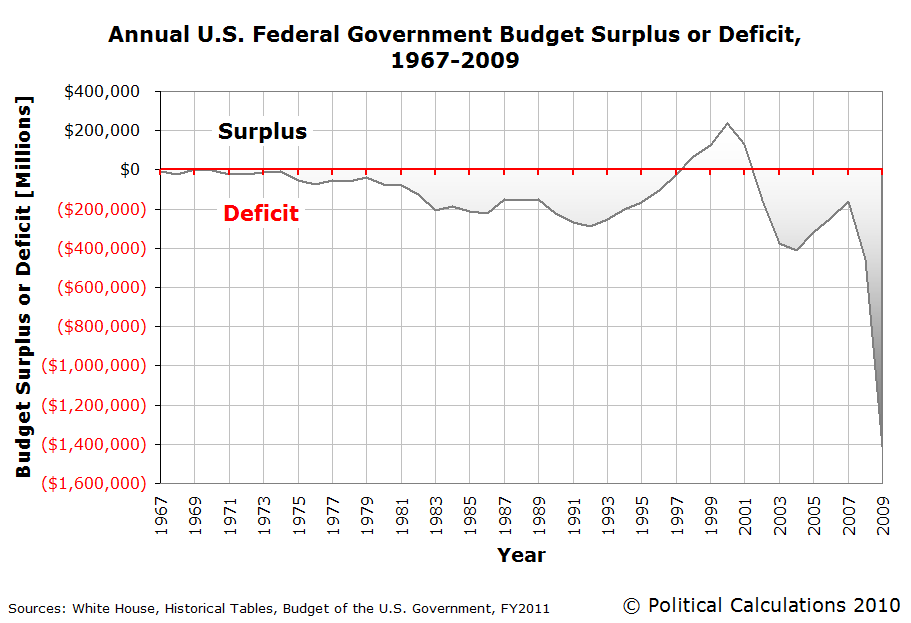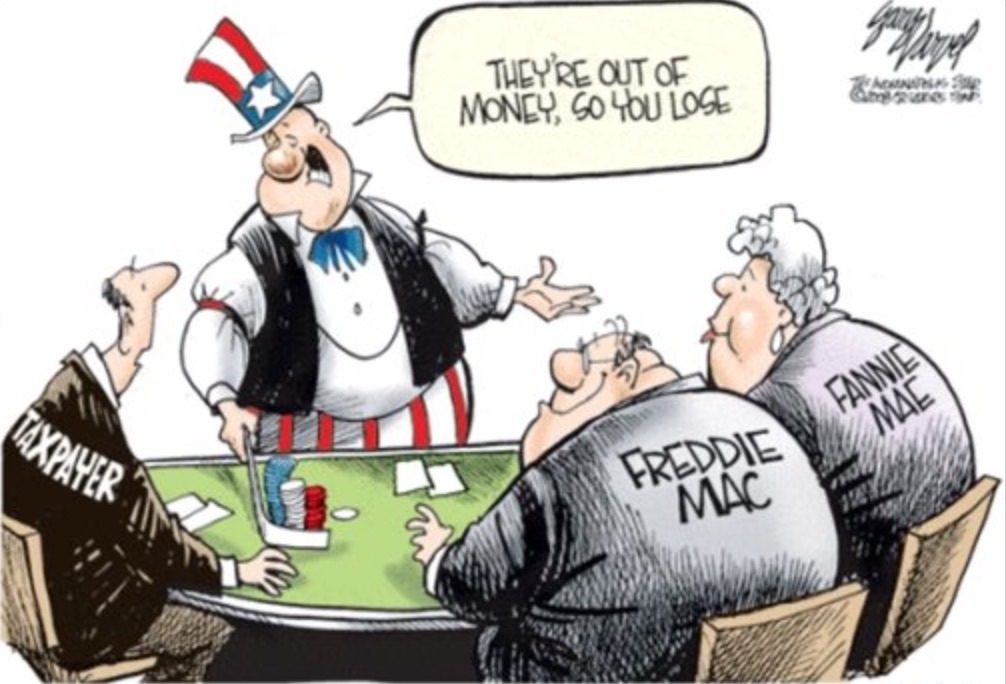Scores of lessons from the crisis went unheeded. The Financial Times’ Gillian Tett was the star journalist from the mortgage finance Bubble period. I read with keen interest her piece this week, “Five Surprising Outcomes of the Financial Crisis – We Learnt the Dangers Posed by ‘Too Big to Fail’ Banks but Now They Are Even bigger.”
Tett’s article is worthy of extended excerpts: “What are these surprises? Start with the issue of debt. Ten years ago, investors and financial institutions re-learnt the hard way that excess leverage can be dangerous. So it seemed natural to think that debt would decline, as chastened lenders and borrowers ran scared. Not so. The American mortgage market did experience deleveraging. So did the bank and hedge fund sectors. But overall global debt has surged: last year it was 217% of gross domestic product, nearly 40 percentage points higher – not lower – than 2007.”
…click on the above link to read the rest of the article…



 Photo credit:
Photo credit: 


